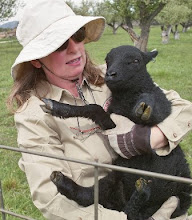I dressed in my mantua and full Golden Age of Piracy outfit made from Reconstructing History patterns.

Spinning on a hand spindle. I am not very good at it.
 My wheel is completely inaccurate but it is the only one I have so I used it.
My wheel is completely inaccurate but it is the only one I have so I used it.
In addition to demnstrating spinning, talking about the difference between woolen and worsted and touching briefly on the way textile manufacturing was organized at that time in history. I also gave out my top clothing and costume myths and we talked about them. My top myths are:
- Historical movies are a good way to see what the clothing was like.
- Stays, bodies and corsets are tight and uncomfortable and you cannot breathe or work in them.
- Lower classes only wear hand me downs from upper classes.
- Lower class clothing is cut the same as upper class clothing just from poorer fabrics or less embellished.
- Fabrics are all coarse and rough.
- Only browns and drab colors are available.
- Scottish wore tartans and Irish wore green.
- Clothing was unshaped and baggy.
- Poor people didn't hem or mend their clothing.
- Embroidery and embellishments were only for the wealthy.
- Women could show their shoulders.
- Women could not show their feet or legs.
- No one had underwear.
- No one took a bath or washed their clothing.
I had a good time, the kids asked good questions and I think the teacher learned more than the kids.




No comments:
Post a Comment